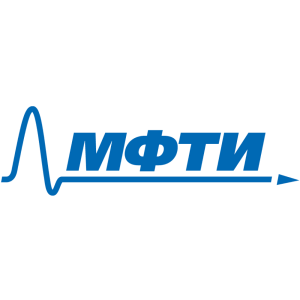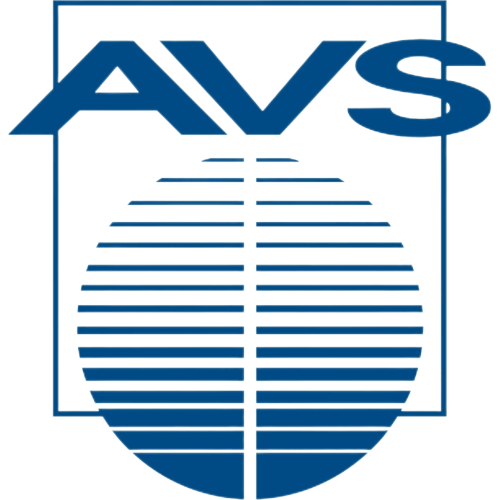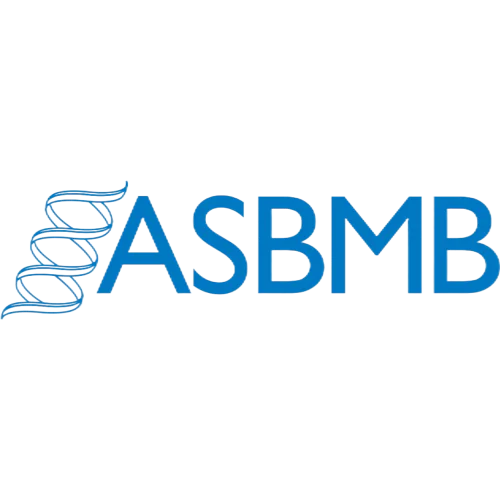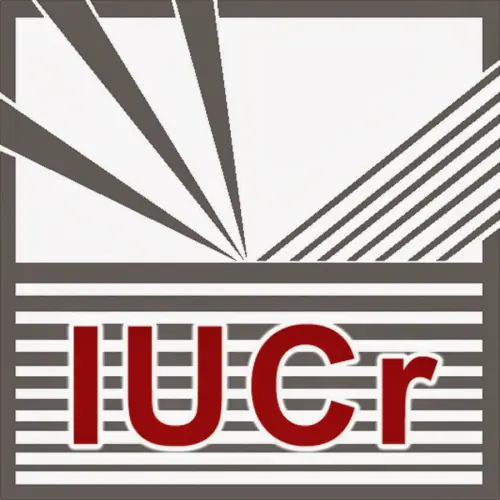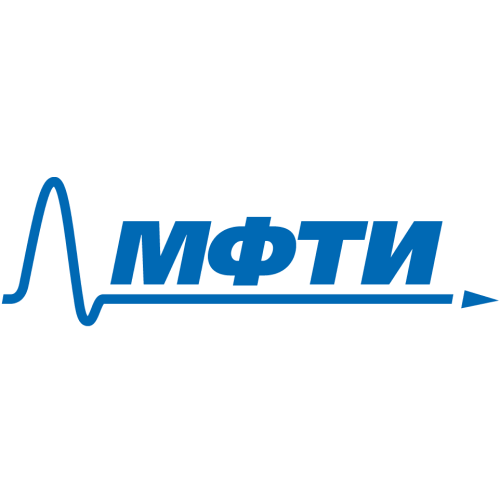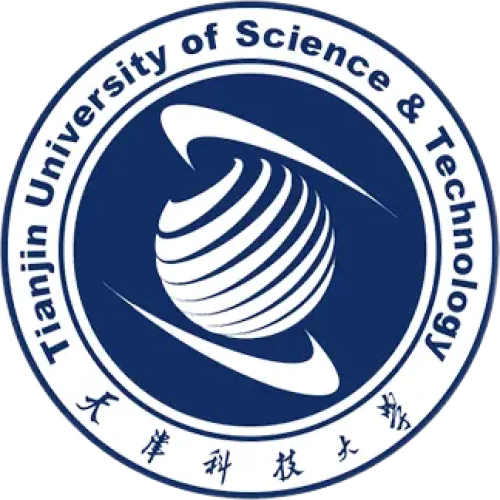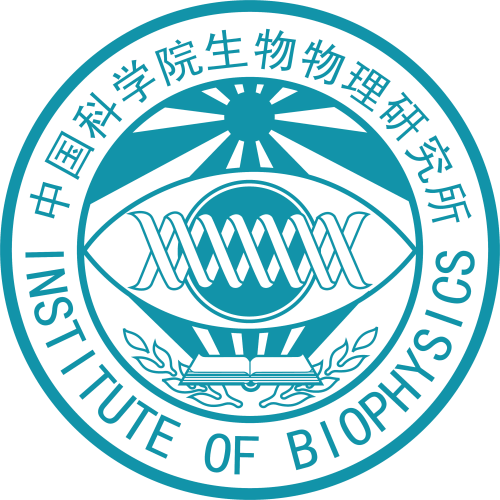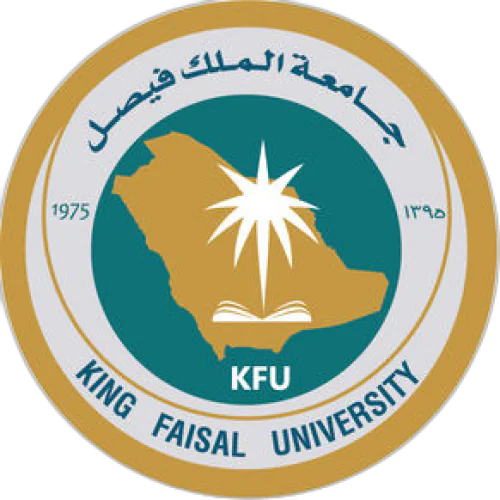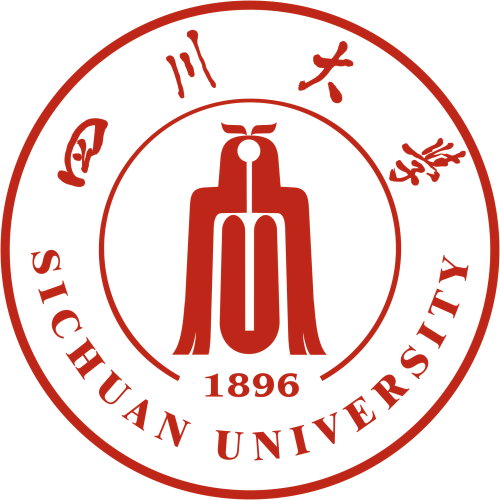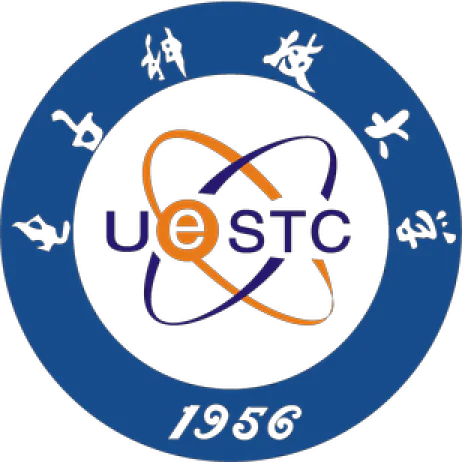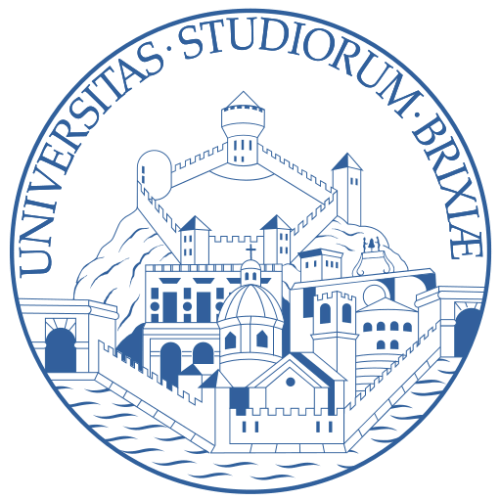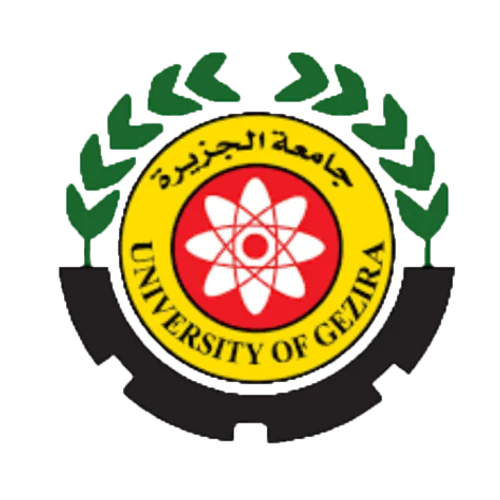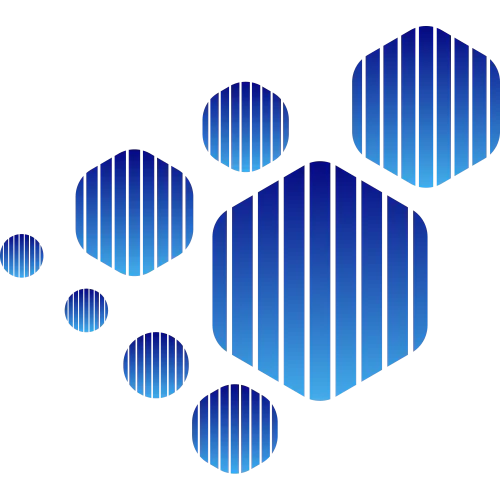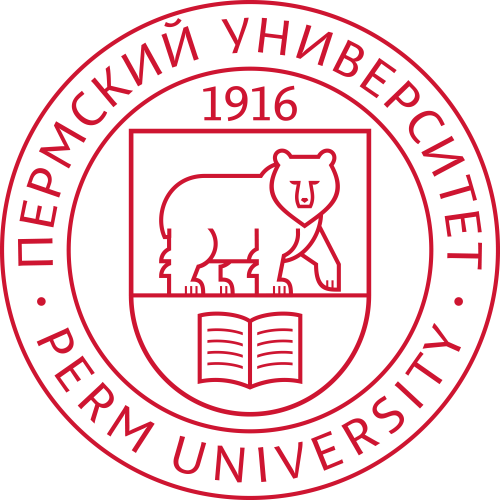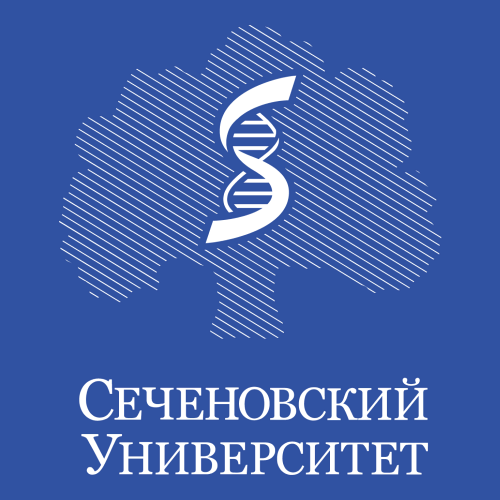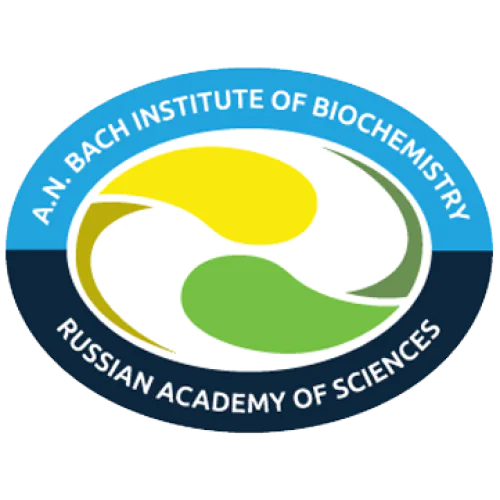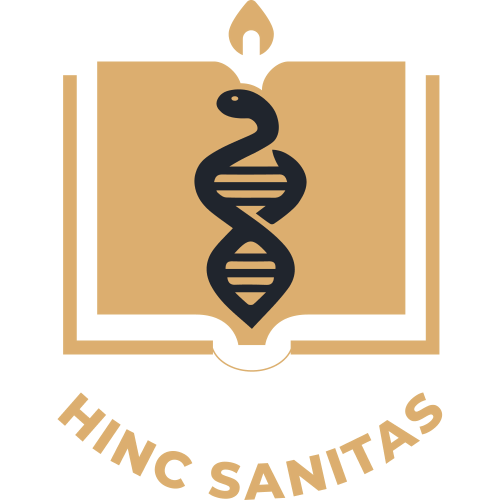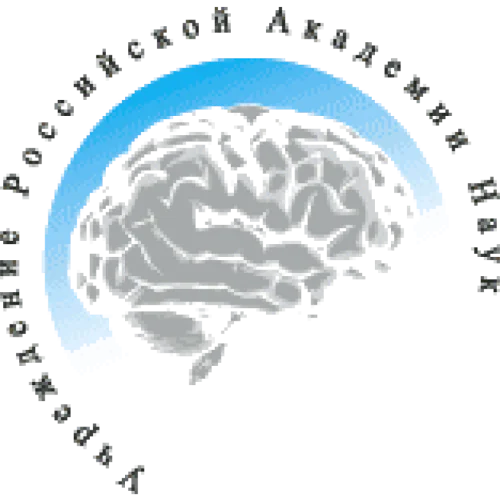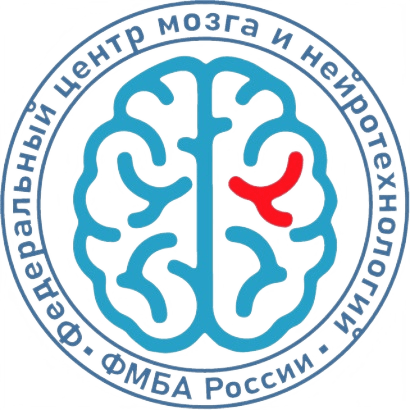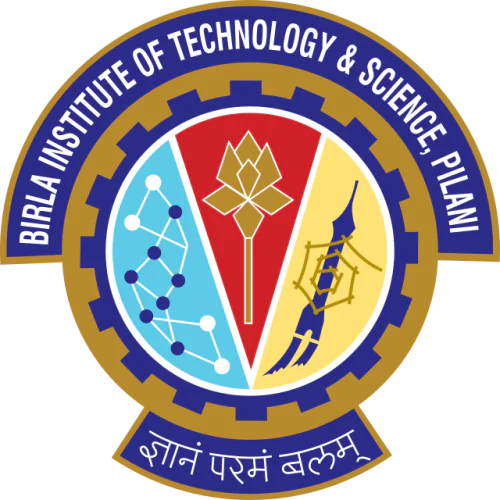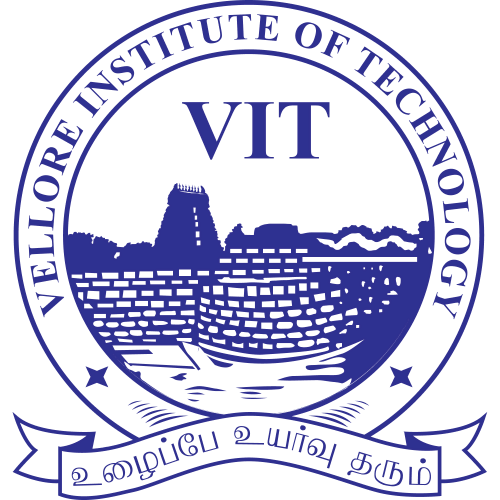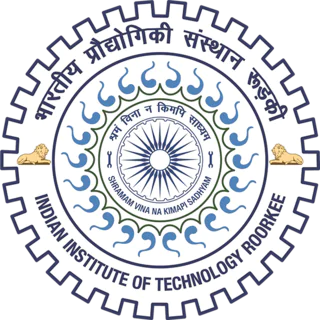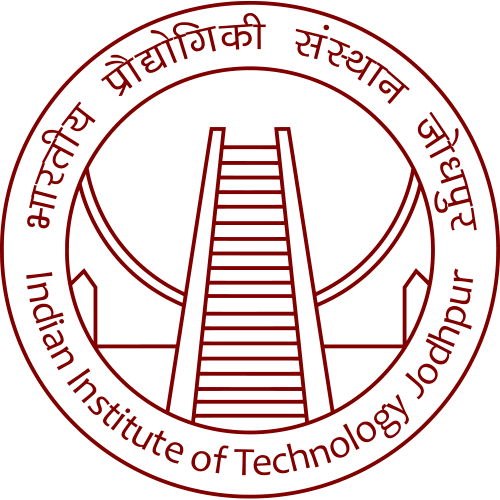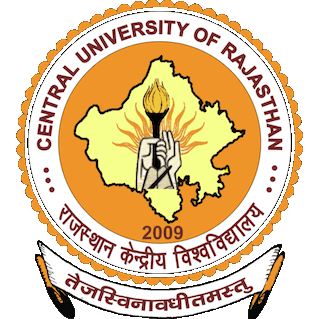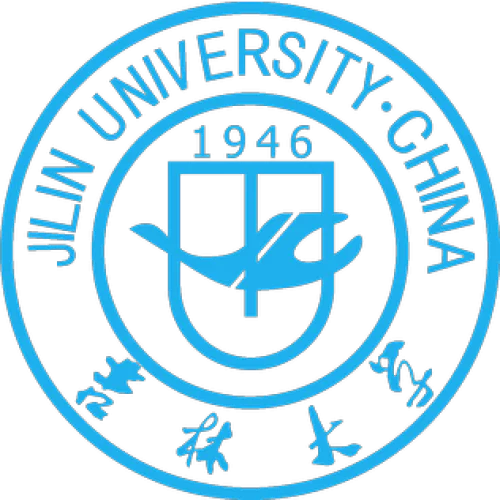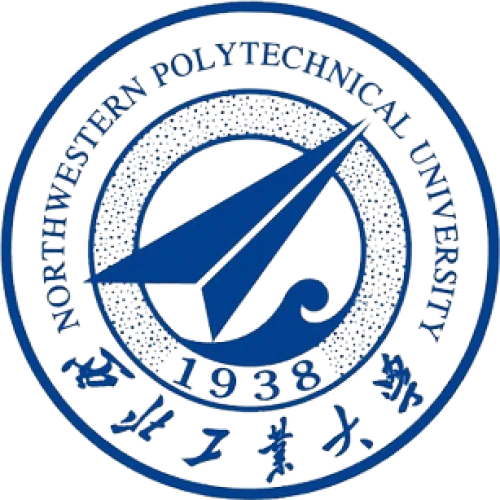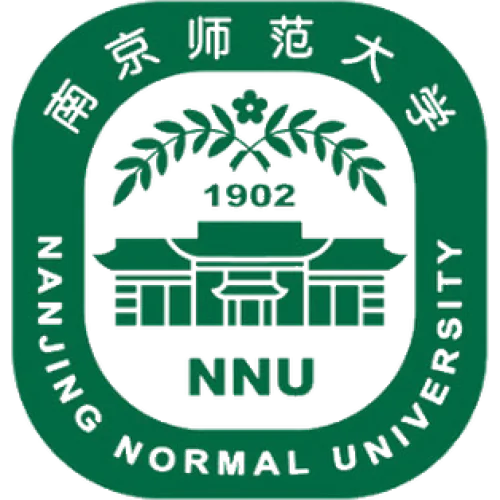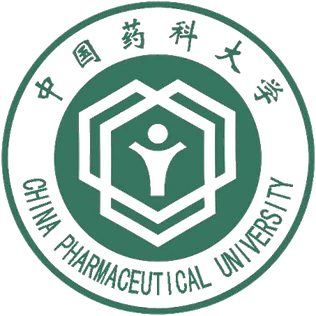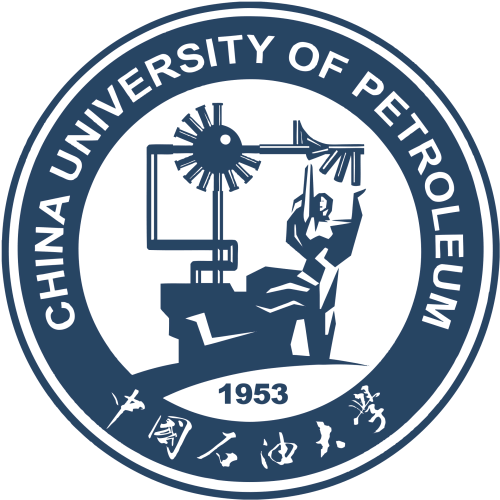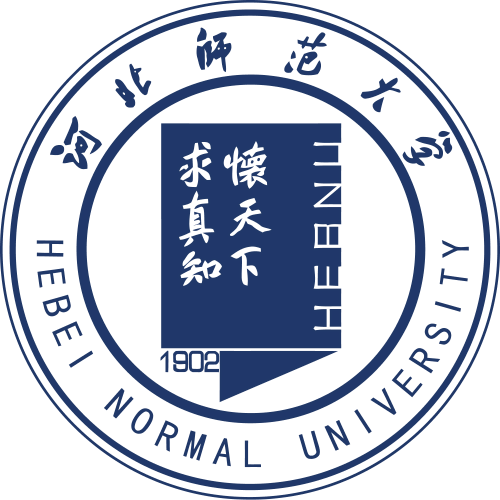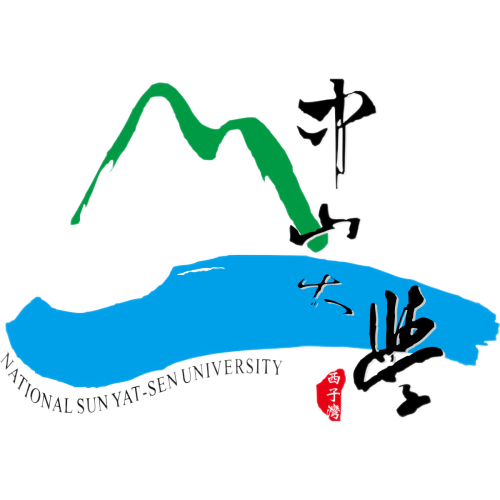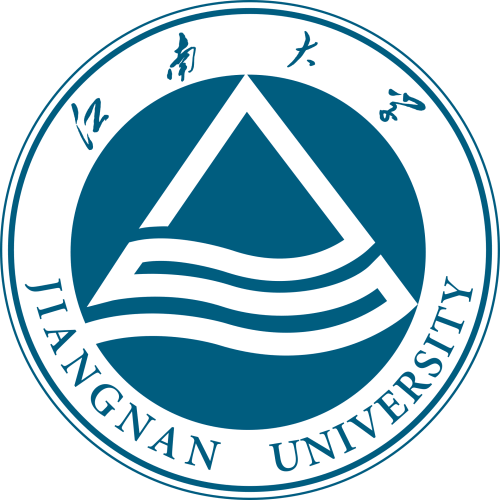Found
Nothing found, try to update filter.
Found
Nothing found, try to update filter.
Found
Nothing found, try to update filter.
Total publications
4
Total citations
152
Citations per publication
38
Average publications per year
1
Average coauthors
16.25
Publications years
2020-2023 (4 years)
h-index
4
i10-index
3
m-index
1
o-index
17
g-index
4
w-index
2
Metrics description
h-index
A scientist has an h-index if h of his N publications are cited at least h times each, while the remaining (N - h) publications are cited no more than h times each.
i10-index
The number of the author's publications that received at least 10 links each.
m-index
The researcher's m-index is numerically equal to the ratio of his h-index to the number of years that have passed since the first publication.
o-index
The geometric mean of the h-index and the number of citations of the most cited article of the scientist.
g-index
For a given set of articles, sorted in descending order of the number of citations that these articles received, the g-index is the largest number such that the g most cited articles received (in total) at least g2 citations.
w-index
If w articles of a researcher have at least 10w citations each and other publications are less than 10(w+1) citations, then the researcher's w-index is equal to w.
Top-100
Fields of science
|
1
2
3
|
|
|
Molecular Biology
|
Molecular Biology, 3, 75%
Molecular Biology
3 publications, 75%
|
|
Inorganic Chemistry
|
Inorganic Chemistry, 2, 50%
Inorganic Chemistry
2 publications, 50%
|
|
General Medicine
|
General Medicine, 2, 50%
General Medicine
2 publications, 50%
|
|
Catalysis
|
Catalysis, 1, 25%
Catalysis
1 publication, 25%
|
|
Organic Chemistry
|
Organic Chemistry, 1, 25%
Organic Chemistry
1 publication, 25%
|
|
Biochemistry
|
Biochemistry, 1, 25%
Biochemistry
1 publication, 25%
|
|
Physical and Theoretical Chemistry
|
Physical and Theoretical Chemistry, 1, 25%
Physical and Theoretical Chemistry
1 publication, 25%
|
|
Computer Science Applications
|
Computer Science Applications, 1, 25%
Computer Science Applications
1 publication, 25%
|
|
Spectroscopy
|
Spectroscopy, 1, 25%
Spectroscopy
1 publication, 25%
|
|
Pharmacology
|
Pharmacology, 1, 25%
Pharmacology
1 publication, 25%
|
|
Cell Biology
|
Cell Biology, 1, 25%
Cell Biology
1 publication, 25%
|
|
Structural Biology
|
Structural Biology, 1, 25%
Structural Biology
1 publication, 25%
|
|
Molecular Medicine
|
Molecular Medicine, 1, 25%
Molecular Medicine
1 publication, 25%
|
|
General Chemical Engineering
|
General Chemical Engineering, 1, 25%
General Chemical Engineering
1 publication, 25%
|
|
Condensed Matter Physics
|
Condensed Matter Physics, 1, 25%
Condensed Matter Physics
1 publication, 25%
|
|
General Materials Science
|
General Materials Science, 1, 25%
General Materials Science
1 publication, 25%
|
|
Cellular and Molecular Neuroscience
|
Cellular and Molecular Neuroscience, 1, 25%
Cellular and Molecular Neuroscience
1 publication, 25%
|
|
1
2
3
|
Journals
|
1
|
|
|
Cellular and Molecular Life Sciences
1 publication, 25%
|
|
|
International Journal of Molecular Sciences
1 publication, 25%
|
|
|
Crystals
1 publication, 25%
|
|
|
International Journal of Biological Macromolecules
1 publication, 25%
|
|
|
1
|
Citing journals
Publishers
|
1
2
|
|
|
MDPI
2 publications, 50%
|
|
|
Springer Nature
1 publication, 25%
|
|
|
Elsevier
1 publication, 25%
|
|
|
1
2
|
Organizations from articles
|
1
2
3
4
|
|
|
Moscow Institute of Physics and Technology
4 publications, 100%
|
|
|
Joint Institute for Nuclear Research
4 publications, 100%
|
|
|
Grenoble Alpes University
3 publications, 75%
|
|
|
University of South Florida
3 publications, 75%
|
|
|
Forschungszentrum Jülich
3 publications, 75%
|
|
|
Lomonosov Moscow State University
1 publication, 25%
|
|
|
Shemyakin-Ovchinnikov Institute of Bioorganic Chemistry of the Russian Academy of Sciences
1 publication, 25%
|
|
|
National Research University Higher School of Economics
1 publication, 25%
|
|
|
Institute of Basic Biological Problems of the Russian Academy of Sciences
1 publication, 25%
|
|
|
Russian Biotechnological University
1 publication, 25%
|
|
|
University of Copenhagen
1 publication, 25%
|
|
|
Institute of Physics of the Czech Academy of Sciences
1 publication, 25%
|
|
|
RWTH Aachen University
1 publication, 25%
|
|
|
Technical University of Darmstadt
1 publication, 25%
|
|
|
1
2
3
4
|
Countries from articles
|
1
2
3
4
|
|
|
Russia
|
Russia, 4, 100%
Russia
4 publications, 100%
|
|
Germany
|
Germany, 3, 75%
Germany
3 publications, 75%
|
|
France
|
France, 3, 75%
France
3 publications, 75%
|
|
USA
|
USA, 3, 75%
USA
3 publications, 75%
|
|
Denmark
|
Denmark, 1, 25%
Denmark
1 publication, 25%
|
|
Czech Republic
|
Czech Republic, 1, 25%
Czech Republic
1 publication, 25%
|
|
1
2
3
4
|
Citing organizations
|
5
10
15
20
25
|
|
|
Organization not defined
|
Organization not defined, 22, 14.47%
Organization not defined
22 citations, 14.47%
|
|
Moscow Institute of Physics and Technology
15 citations, 9.87%
|
|
|
Joint Institute for Nuclear Research
14 citations, 9.21%
|
|
|
Lomonosov Moscow State University
11 citations, 7.24%
|
|
|
University of South Florida
5 citations, 3.29%
|
|
|
National University of Science & Technology (MISiS)
4 citations, 2.63%
|
|
|
Institute of Cytology of the Russian Academy of Sciences
4 citations, 2.63%
|
|
|
Russian Biotechnological University
4 citations, 2.63%
|
|
|
Tianjin University of Science and Technology
4 citations, 2.63%
|
|
|
National Research Centre "Kurchatov Institute"
3 citations, 1.97%
|
|
|
Institute of Biophysics, Chinese Academy of Sciences
3 citations, 1.97%
|
|
|
Technological University Dublin
3 citations, 1.97%
|
|

Shemyakin-Ovchinnikov Institute of Bioorganic Chemistry of the Russian Academy of Sciences
2 citations, 1.32%
|
|
|
National Research University Higher School of Economics
2 citations, 1.32%
|
|
|
National Research Nuclear University MEPhI
2 citations, 1.32%
|
|
|
Kazan Federal University
2 citations, 1.32%
|
|
|
Pirogov Russian National Research Medical University
2 citations, 1.32%
|
|
|
King Saud University
2 citations, 1.32%
|
|
|
King Faisal University
2 citations, 1.32%
|
|
|
Zhejiang University
2 citations, 1.32%
|
|
|
Fudan University
2 citations, 1.32%
|
|
|
Sichuan University
2 citations, 1.32%
|
|
|
University of Electronic Science and Technology of China
2 citations, 1.32%
|
|
|
Uppsala University
2 citations, 1.32%
|
|
|
Grenoble Alpes University
2 citations, 1.32%
|
|
|
Nanjing Medical University
2 citations, 1.32%
|
|
|
Southeast University
2 citations, 1.32%
|
|
|
ETH Zurich
2 citations, 1.32%
|
|
|
University of Naples Federico II
2 citations, 1.32%
|
|
|
China Agricultural University
2 citations, 1.32%
|
|
|
Sun Yat-sen University
2 citations, 1.32%
|
|
|
Chinese Academy of Medical Sciences & Peking Union Medical College
2 citations, 1.32%
|
|
|
Beijing Technology and Business University
2 citations, 1.32%
|
|
|
University of Cambridge
2 citations, 1.32%
|
|
|
University of Copenhagen
2 citations, 1.32%
|
|
|
Southern Medical University
2 citations, 1.32%
|
|
|
University of Brescia
2 citations, 1.32%
|
|
|
Ludong University
2 citations, 1.32%
|
|
|
Ningbo University
2 citations, 1.32%
|
|
|
Zhengzhou University
2 citations, 1.32%
|
|
|
Newcastle University
2 citations, 1.32%
|
|
|
University of Khartoum
2 citations, 1.32%
|
|
|
University of Gezira
2 citations, 1.32%
|
|
|
University of Tours
2 citations, 1.32%
|
|
|
Institute of Theoretical and Experimental Biophysics of the Russian Academy of Sciences
1 citation, 0.66%
|
|
|
Bauman Moscow State Technical University
1 citation, 0.66%
|
|
|
Timiryazev Institute of Plant Physiology of the Russian Academy of Sciences
1 citation, 0.66%
|
|
|
A.V. Topchiev Institute of Petrochemical Synthesis RAS
1 citation, 0.66%
|
|
|
Emanuel Institute of Biochemical Physics of the Russian Academy of Sciences
1 citation, 0.66%
|
|
|
Enikolopov Institute of Synthetic Polymeric Materials of the Russian Academy of Sciences
1 citation, 0.66%
|
|
|
Prokhorov General Physics Institute of the Russian Academy of Sciences
1 citation, 0.66%
|
|
|
P.L. Kapitza Institute for Physical Problems of Russian Academy of Sciences
1 citation, 0.66%
|
|
|
Kirensky Institute of Physics of the Siberian Branch of the Russian Academy of Sciences
1 citation, 0.66%
|
|
|
Perm State National Research University
1 citation, 0.66%
|
|
|
Sechenov First Moscow State Medical University
1 citation, 0.66%
|
|
|
Bach Institute of Biochemistry of the Russian Academy of Sciences
1 citation, 0.66%
|
|

Federal Research Centre “Fundamentals of Biotechnology” of the Russian Academy of Sciences
1 citation, 0.66%
|
|
|
Tula State University
1 citation, 0.66%
|
|
|
Saratov State University
1 citation, 0.66%
|
|
|
Russian University of Medicine
1 citation, 0.66%
|
|
|
Ogarev Mordovia State University
1 citation, 0.66%
|
|
|
Institute of Higher Nervous Activity and Neurophysiology of the Russian Academy of Sciences
1 citation, 0.66%
|
|
|
Federal Research Center "Krasnoyarsk Science Center" of the Siberian Branch of the Russian Academy of Sciences
1 citation, 0.66%
|
|
|
National Medical Research Center of Neurosurgery named after N.N. Burdenko
1 citation, 0.66%
|
|
|
Federal Center of Brain Research and Neurotechnologies of the Federal Medical Biological Agency of Russia
1 citation, 0.66%
|
|
|
Institute of Cytochemistry and Molecular Pharmacology
1 citation, 0.66%
|
|
|
Federal Research Centre of Biological Systems and Agrotechnologies of the Russian Academy of Sciences
1 citation, 0.66%
|
|
|
Princess Nourah bint Abdulrahman University
1 citation, 0.66%
|
|
|
University of Tehran
1 citation, 0.66%
|
|
|
Tarbiat Modares University
1 citation, 0.66%
|
|
|
Birla Institute of Technology and Science, Pilani
1 citation, 0.66%
|
|
|
Kermanshah University of Medical Sciences
1 citation, 0.66%
|
|
|
Vellore Institute of Technology University
1 citation, 0.66%
|
|
|
Indian Institute of Technology Roorkee
1 citation, 0.66%
|
|
|
Indian Institute of Technology Jodhpur
1 citation, 0.66%
|
|
|
Islamic Azad University of Kermanshah
1 citation, 0.66%
|
|
|
University of Isfahan
1 citation, 0.66%
|
|
|
University of Calicut
1 citation, 0.66%
|
|
|
Central University of Rajasthan
1 citation, 0.66%
|
|
|
Razi University
1 citation, 0.66%
|
|
|
Tsinghua University
1 citation, 0.66%
|
|
|
University of Chinese Academy of Sciences
1 citation, 0.66%
|
|
|
Peking University
1 citation, 0.66%
|
|
|
Harbin Institute of Technology
1 citation, 0.66%
|
|
|
Weizmann Institute of Science
1 citation, 0.66%
|
|
|
Jilin University
1 citation, 0.66%
|
|
|
Xi'an Jiaotong University
1 citation, 0.66%
|
|
|
Northwestern Polytechnical University
1 citation, 0.66%
|
|
|
Nanjing Normal University
1 citation, 0.66%
|
|
|
China Pharmaceutical University
1 citation, 0.66%
|
|
|
China University of Petroleum (East China)
1 citation, 0.66%
|
|
|
Sapienza University of Rome
1 citation, 0.66%
|
|
|
Nankai University
1 citation, 0.66%
|
|
|
Chongqing University
1 citation, 0.66%
|
|
|
Hebei Normal University
1 citation, 0.66%
|
|
|
Hebei University of Technology
1 citation, 0.66%
|
|
|
National Sun Yat-sen University
1 citation, 0.66%
|
|
|
Beijing Institute of Petrochemical Technology
1 citation, 0.66%
|
|
|
Jiangnan University
1 citation, 0.66%
|
|
|
Huazhong Agricultural University
1 citation, 0.66%
|
|
|
5
10
15
20
25
|
|
Citing countries
- We do not take into account publications without a DOI.
- Statistics recalculated daily.
This section displays the profiles of scientists registered on the platform. To display the full list, invite your colleagues to register.

